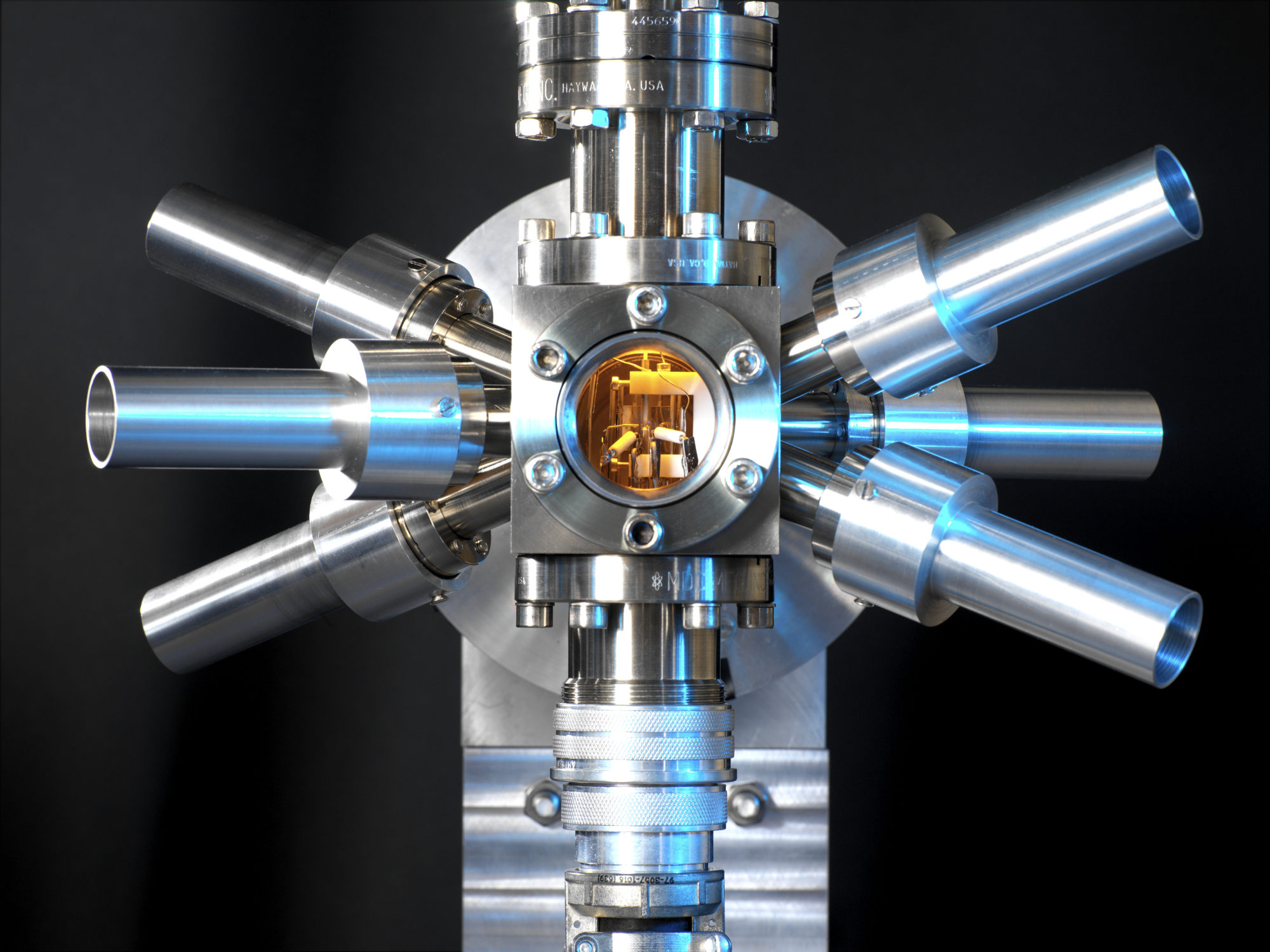China’s space station may get the most precise clock in orbit – if it passes key test
China’s new space station could soon have the most precise clock in orbit if it passes a technical evaluation next week, according to a scientist familiar with the project.
The optical atomic clock is designed to achieve accuracy of one quintillionth of a second – equivalent to losing or gaining one second every 30 billion years – which could make it a game changer for both military and civilian purposes.
If it passes the evaluation, the atomic clock – developed by a team led by the National Time Service Centre in Xian – will be delivered to the Tiangong space station in October for cutting-edge physics research, said the scientist, who declined to be named due to the sensitivity of the matter.
It will also form a timekeeping network with the BeiDou navigation satellites and ground-based time services over the next few years and is expected to improve accuracy by four orders of magnitude or more, the scientist said.
Optical atomic clocks enable faster communications and better navigation, but they are also important for national defence. Launching a new optical atomic clock programme in January, the US Defence Advanced Research Projects Agency said time synchronisation was “critical to achieving mission success in modern warfare”.

The scientist said the Chinese atomic clock had already achieved quintillionth-second accuracy – or 10−18 uncertainty, in technical terms – on the ground but the team was waiting for a key test result to see how well it would perform in space.
Testing began in late April, according to the National Time Service Centre website.
The clock’s target uncertainty in orbit is also 10−18, according to the Chinese space station’s handbook and resources for international cooperation.
That level of uncertainty would be “amazing”, said Jun Ye, a physicist with the US National Institute of Standards and Technology and the University of Colorado Boulder.
“It’s essentially the best uncertainty – internationally – on the ground, and achieving such uncertainty in space will be incredible,” said Ye, who heads a team that has developed the world’s most accurate optical clock in a laboratory.
He said developing optical clocks that are smaller and lighter for use in space was quite different from creating them for use in a lab. “The major challenges lie with how to realise a compact size and robust operation,” Ye said, adding that his team did not plan to send their clock to a space station because of those challenges.
The lab-sized optical clock developed for Tiangong had to be more than 20 times smaller to fit on the space station’s experiment rack, according to state news agency Xinhua.
China put the first module of its space station into orbit last year and plans to add more modules, with the basic structure expected to be completed by the end of the year. Three astronauts are currently at the space station on a six-month mission overseeing the final stages of its construction.
Throughout history, people have used natural phenomena with regular periods of oscillation to keep track of time – relying on the rotation of the Earth and the movement of stars for thousands of years. That is, until the world’s first atomic clock was invented in 1949 to measure time by monitoring the frequency of radiation of atoms, which are extremely stable.
Today, satellite navigation and internet time are not possible without atomic clocks.
There are various types, based on the element used and the radiation detected. For instance, hydrogen atomic clocks help navigation satellites achieve metre-level positioning on the ground, while a strontium optical clock can measure height differences up to 1mm.
Many countries have developed their own atomic clocks but none are operating in space. Scientists in Europe have been working on a project called the Atomic Clock Ensemble in Space, which originally aimed to put a network of atomic clocks on the International Space Station by 2021 but has yet to do so.
end item*

 QR code
QR code